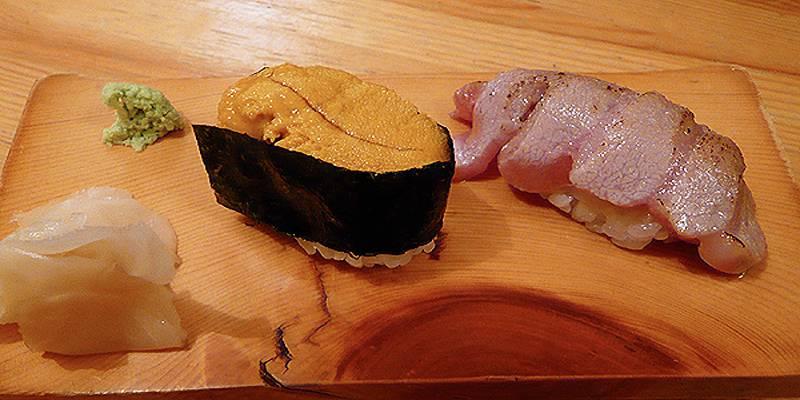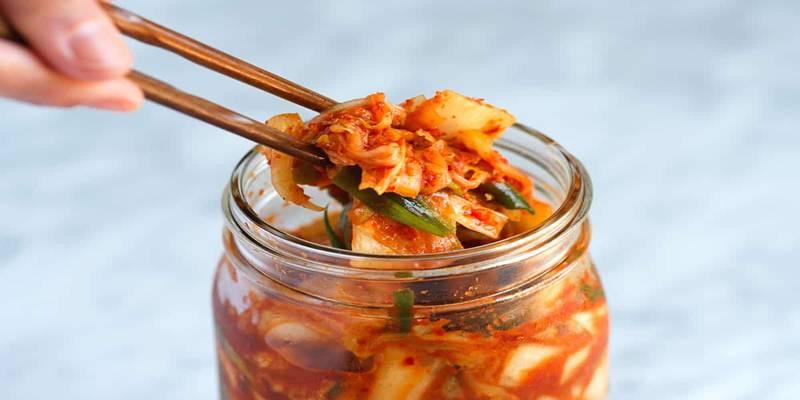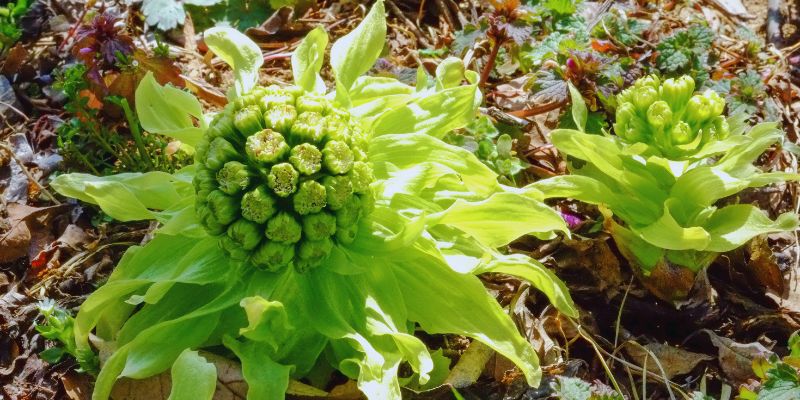Strange Korean Cuisine: Discover the Most Unusual Foods You Must Try
Advertisement
Korean cuisine is known for its variety, complexity, and rich flavors. But it also offers some dishes that might surprise even the most adventurous eaters. While many are familiar with popular dishes like bibimbap and bulgogi, some Korean foods are considered strange by international standards. From raw foods to intense fermentation processes, Korean cuisine challenges your taste buds in ways that you may never expect. This guide will explore some of the strangest Korean dishes that have captured attention both at home and abroad.
Sannakji (Live Octopus)
The food sannakji, which is made of live octopus, is one of the most famous and strange in Korea. A lot of the time, the octopus is given in small pieces that are still moving around on the plate. The point is to eat it while it's still alive, which makes for an interesting and sometimes difficult meal. Many times, the stalks will stick to your tongue or the roof of your mouth while you chew because they are slippery.
Some people find sannakji to be very tasty, even though it might seem scary. The sesame oil and seeds that are often served with it give the otherwise bland octopus a bit of flavor. Some people are scared to eat live octopus, but it is a traditional part of Korean food culture.
Beondegi (Silkworm Pupae)
Another unique dish in Korean cuisine is beondegi, which are steamed or boiled silkworm pupae. This dish is often sold as street food and is a popular snack for many locals. The pupae have a soft, chewy texture and are typically seasoned with soy sauce and spices to enhance the flavor.
While the thought of eating silkworms might sound strange to some, beondegi has been eaten for centuries in Korea. It is rich in protein and is considered a nutritious snack. The flavor is earthy and slightly nutty, with a hint of sweetness that many find appealing.
Hway (Raw Fish)

In Korea, hway refers to raw Fish, which is commonly eaten in Korean restaurants. Similar to Japanese sushi or sashimi, Korean hway is often served with dipping sauces, vegetables, and sometimes chili paste. However, what sets Korean hway apart is that it is typically eaten with a variety of side dishes, including kimchi and pickled radishes.
Some of the more unusual types of raw Fish served as hway include sea bream, flounder, and even raw squid. The Fish is typically sliced thin and served fresh, often just after being caught. Hway is considered a healthy and refreshing meal, and it is loved by many for its delicate texture and subtle flavors.
Hongeo (Fermented Skate)
Hongeo is a type of fermented fish dish made from skate, a type of ray-fish. What makes this dish particularly strange is its pungent, ammonia-like smell. The skate is fermented for several weeks or even months, and during this process, it develops a strong odor that can be overpowering for those who are not accustomed to it.
Despite its intense smell, hongeo is considered a delicacy in Korea, and it is typically served with a variety of accompaniments like kimchi, rice, and vegetables. The taste is bold and salty, and many Koreans enjoy the dish for its unique flavor profile. Eating hongeo is an experience of both smell and taste, and it is a must-try for those looking to explore the more unusual side of Korean cuisine.
Banchan (Korean Side Dishes)
While not all side dishes in Korea are considered strange, there are certain banchan (side dishes) that can be surprising to international visitors. Some of the more unusual options include fermented shrimp, kimchi made from unripe vegetables, and even pickled vegetables that have been aged for several years.
Banchan is served with almost every meal in Korea and offers a chance to experience a variety of different flavors and textures. These small side dishes range from savory and salty to sweet and tangy. In many cases, they provide an unexpected twist, as ingredients are often fermented or pickled to develop bold flavors.
Gopchang (Grilled Intestines)
Gopchang refers to the small intestines of a cow or pig. These are grilled over an open flame and often served with a dipping sauce and fresh vegetables. Gopchang is a favorite among Koreans who enjoy offal, and it has a distinct chewy texture and savory flavor that some find irresistible.
Though it may be off-putting for those unfamiliar with eating organs, gopchang is considered a delicacy in Korean cuisine. The dish is often enjoyed with a group of people, and it is typically accompanied by drinks like soju, making it a popular choice in Korean barbecue restaurants. The richness of the intestines combined with the smoky grilled flavor creates a unique eating experience.
Kimchi (Fermented Vegetables)

Kimchi is perhaps the most iconic dish in Korean cuisine. While the concept of pickled vegetables might not seem strange to many, kimchi is unique in its preparation and fermentation process. Made from cabbage, radish, or other vegetables, kimchi is fermented in a spicy, salty brine that includes chili pepper, garlic, ginger, and fish sauce.
The fermentation process can take days or even weeks, depending on the desired flavor. The result is a tangy, spicy, and sour dish that is rich in probiotics. Kimchi is not just a side dish in Korea—it is a fundamental part of the Korean diet and is eaten with nearly every meal. For those who are not used to fermented foods, the strong flavors of kimchi might take some time to get used to, but it is undeniably a core element of Korean cuisine.
Conclusion
Korean cuisine offers a diverse range of flavors and textures, with some dishes that may seem strange to those unfamiliar with them. From live octopus to fermented skate, each of these dishes has a unique story and place in Korean food culture. Whether you're an adventurous eater or someone looking to try new flavors, these unusual foods will provide a deeper understanding of Korea's rich culinary traditions. If you ever get the chance, don’t hesitate to try some of these strange Korean dishes—your taste buds might be in for an unforgettable experience.
Advertisement












